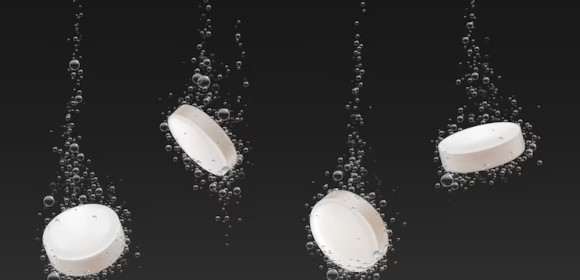Which of the following is a physical property?
Flammability
Reactivity
Density
Toxicity


All objects have properties that can incur change through a cause-and-effect relationship that the scientific method has tried to investigate. One of these changes is called a physical change, which is often denoted by the presence of a physical property.
Physical property is a characteristic or descriptor of a specific object, substance, or entity that is concerned with the physical makeup, appearance, and capacity for physical change of the object, substance, compound, or entity. Some physical properties can be easily observed by people, while some physical properties present a harder time to measure and observe.
You can categorize physical properties into two different categories determined by the object’s ability to showcase said property. The external physical property is an object’s characteristic that people can easily identify and observe in the object, examples of this property include color, height, and size. An intensive physical property is an object’s characteristic that is very hard to discern and is a determinant of the ability of the object to physically change. Examples of intensive physical properties include hardness, boiling point, heat capacity, and surface tension. Knowing these two types of physical properties will allow you to easily discern and distinguish chemical properties from physical properties. Often scientists and researchers use physical property to determine the identity of a specific substance or compound. For example, gold is a raw mineral, commodity, or product that is extremely soft and malleable, but its biggest identifier is its yellow color and luster, which are physical properties. All external properties or characteristics that one can easily identify and observe are physical characteristics. This means that, if the property is external it is automatically a physical property. Some physical properties act as thresholds for physical change, while all chemical properties are the object’s characteristics and likelihood to chemically change and alter itself. You must determine if the property is concerned with the object’s ability to change its state or chemical property. A chemical change results in an irreversible change that alters the substance into a new substance with different properties. Check if the property causes a physical or chemical change.How to Differentiate Physical Property from Chemical Property
Step 1: Determine if the Property Lends to the Identity of the Substance or Compound
Step 2: Discern if the Property is External or Intensive
Step 3: Determine if the Property Causes a Change
Step 4: Check if the Change Alters the Substance’s Makeup or Molecular Structure
Heat capacity is a characteristic or descriptor of an object which denotes the said object’s innate ability to resist a positive temperature change. This means that heat capacity acts as the threshold of a specific object before an external energy source applies enough heat to positively change the temperature of the object. (See combustion reaction) The material/s of the object dictates the amount of heat said object can resist, which means that heat capacity is a physical property, not a chemical property. In conclusion, heat capacity is an intensive physical property that we can observe in all objects and entities.Is heat capacity a physical or chemical property?
All objects can change their state of matter when an external element or event occurs to the object. When an object’s state of matter changes or shifts it can be reversible through a juxtaposed or adjacent event or action, which means that the change is physical. A physical change denotes that some of the external physical properties will change concerning the state of the matter. This means some of the external physical properties will have a positive feedback or negative feedback loop with the state change.When an object changes its state of matter do its physical properties change?
A physical change is a change in an object or substance that will alter its external physical properties while keeping most of its intensive physical properties; the change can be reversed but this is highly dependent on the context of the whole situation. A chemical change, on the other hand, is a change in an object or substance that will permanently alter or shift the physical and chemical properties of an object. What is the difference between physical and chemical change?
Physical property is a descriptor or characteristic of an object or substance that is not associated with a change in chemical composition and is tied to the materials or components of the object or substance. It is important to know how to differentiate and distinguish between physical and chemical properties, as certain objects are very dangerous due to their properties.
Text prompt
Add Tone
10 Examples of Public speaking
20 Examples of Gas lighting
Which of the following is a physical property?
Flammability
Reactivity
Density
Toxicity
What is the physical property that describes the amount of space an object occupies?
Mass
Volume
Density
Temperature
Which of the following is a physical property of water?
It reacts with sodium
It has a pH of 7
It boils at 100°C
It forms hydrogen gas with zinc
What term describes a material's resistance to deformation?
Hardness
Malleability
Ductility
Brittleness
Which physical property measures the amount of matter in an object?
Volume
Density
Weight
Mass
What is the physical property that describes the ability of a substance to be drawn into a wire?
Hardness
Ductility
Malleability
Conductivity
Which of the following is a physical property of metals?
They are flammable
They react with acids
They are good conductors of electricity
They corrode in water
What is the physical property that describes how easily a substance can be hammered into thin sheets?
Malleability
Brittleness
Hardness
Elasticity
Which of the following describes a material's ability to allow light to pass through it?
Transparency
Opacity
Reflectivity
Absorbance
Which physical property is measured in units of g/cm³ or kg/m³?
Mass
Volume
Weight
Density
Before you leave, take our quick quiz to enhance your learning!

